Jill Harrison: Welcome to a conversation with the team at Directors Gathering about why directors, and a healthy ecosystem for directors, matter. I am the founder and executive director of Directors Gathering, also known as (DG). We use the parentheses because it's like a circle. We believe deeply in circles and circles rising, as Paula Vogel likes to say.
I feel like directors are guiding the artistic journey of every theatre piece. They're at the helm. I had the privilege of being in a lot of fellow directors’ rooms throughout my career and observing that magic, and then being in the audience later. Someone in an audience would be like, “How did that happen?” Or, “Why do you think that goes that way?” I'd be like, "Well, it's probably a director offering an idea or a question, shaping something, or having a conversation with a playwright or maker in the room." And pretty much nine times out of ten, that person looks at me and goes, "Really? I had no idea. I thought that just happens.”
As that was happening in my life as an observer and an audience member, it was happening also as a fellow maker. I went to graduate school at Temple University and I got my MFA in directing there, shout out to the Owls. There were five of us directors, and we were a cohort. We became a company. It was the first time in my entire directing career, my entire theatre career, that I felt like I was a part of a community. To be in a room with multiple directors and meant I got to do the work, learn, and go through processes with four other people doing it entirely different than me, and vice versa. Having conversations about that and arguing about it, it was really worthwhile–and inspiring and incredibly hard.
Then we graduated, and that doesn't exist.
I started naming it. I would go to people's work or I would ask other directors to hang out. Go see their work and say, "Your vision is extraordinary. Why are you doing it that way? Have you seen so and so's work, or have you talked to so and so?" It was amazing for directors to have conversations with each other, to feel okay witnessing each other's tech processes, to have that willingness to connect and be vulnerable with each other.
That also carried over to resources. There are not a lot of resources for directors. I felt like there was, and still is, a need for a sense of camaraderie. Of, "Hey, I saw this opportunity for directors." Yes, of course there's only going to be one person selected for it, but that doesn't mean that I shouldn't shout it from the rooftops. Because if it's not me, it's somebody else who deserves it just as much as I do. So how can we cheer each other on and offer that?
I found myself almost lustful for an opportunity to talk to other directors about the experience of directing and be really vulnerable about it.
Brey Ann Barrett: That feels like an introduction, not just to Jill Harrison, but an introduction to the organization as a whole, which feels appropriate.
I am Brey Ann Barrett, she/her pronouns, and I'm the director of programming for Directors Gathering. My youthful experience in theatre, which I think of as my first theatrical education, was a storefront in Orange County, California that was built out of community. Everyone who participated was invited to be a company member, helping shape and make decisions about the organization. It was all volunteer. We all had our day jobs, and we would go in on weeknight evenings to rehearse. Then, we would perform on the weekends. It gave me an opportunity, as a sixteen- to twenty-one-year-old theatremaker, to really try everything. It was such an “all hands on deck” experience.
That also meant I had an opportunity to direct. I'm so grateful for that experience in opening my eyes to something that I deeply, deeply love about myself. And because I grew up in this experience, I grew up in a place where I could be vulnerable. I could be open about what I was challenged by and what I was feeling really excited by.
When I went to undergrad, it really shifted into a siloing off. You really had to figure out a path. There was this strange division and a competition mentality that was really set while I was in undergrad. I found myself almost lustful for an opportunity to talk to other directors about the experience of directing and be really vulnerable about it. I was finding those little relationships here and there in just coffee chats with other directors. And I was like, "Can we just talk like people? Let's try just being people together." It's not about "What are you doing next?" I found myself having more conversations with people who had some kind of connection to Directors Gathering, and I'm really grateful for that opportunity.
Sisi Wright: I am Sisi Wright, I use she/her pronouns, and I am the director of membership and engagement. I didn't think about directing—the craft, the profession—very deeply until I sat in on a presentation by Jill Harrison at my graduate school where I listened to her talk about Directors Gathering.

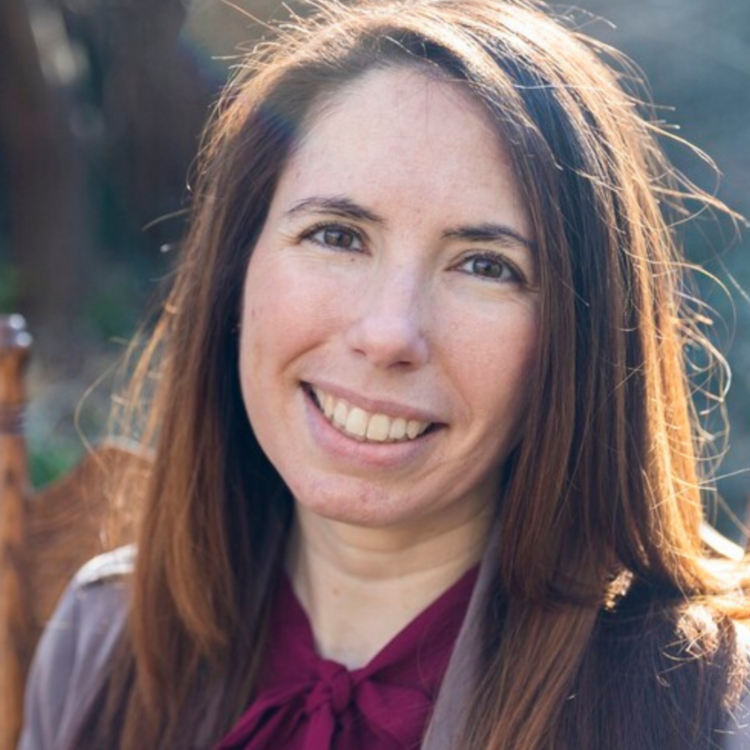
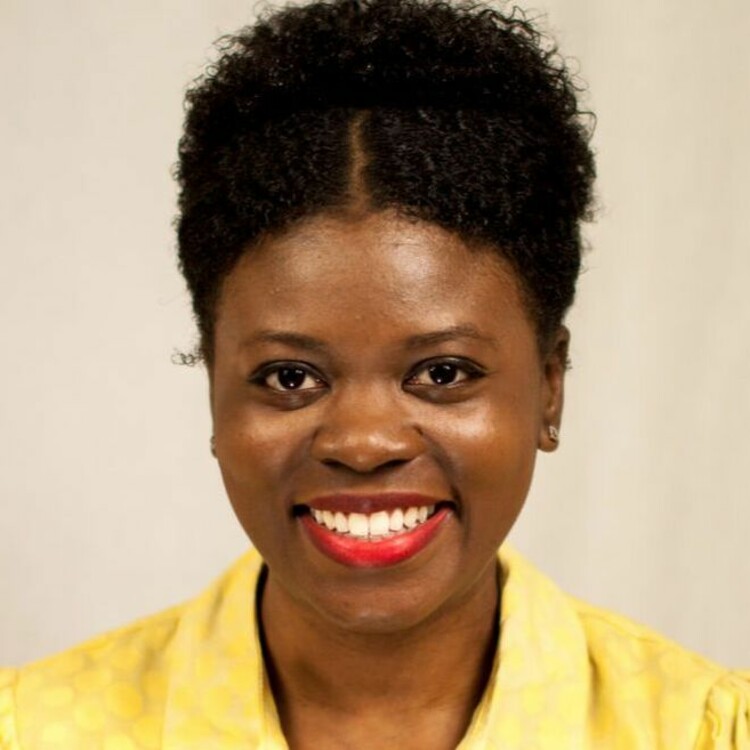
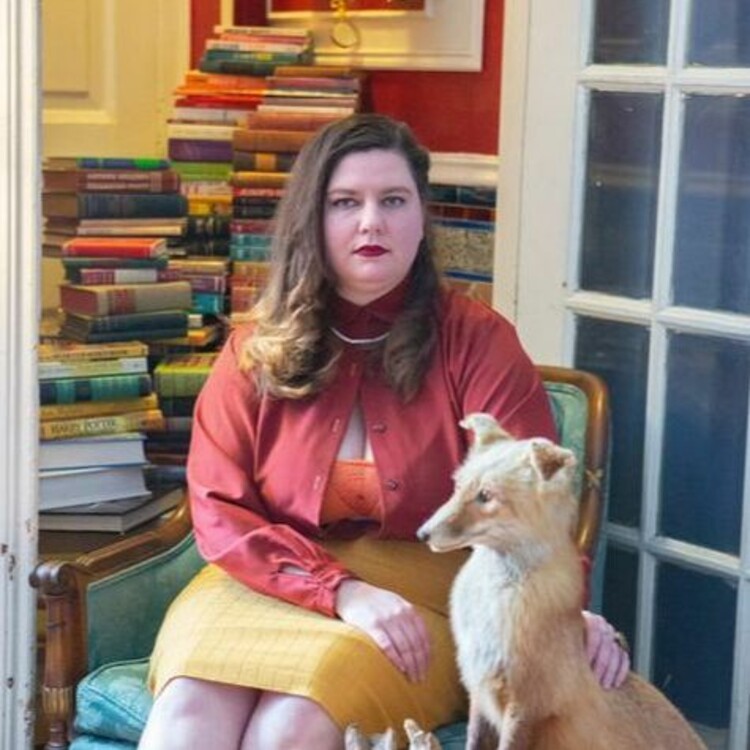
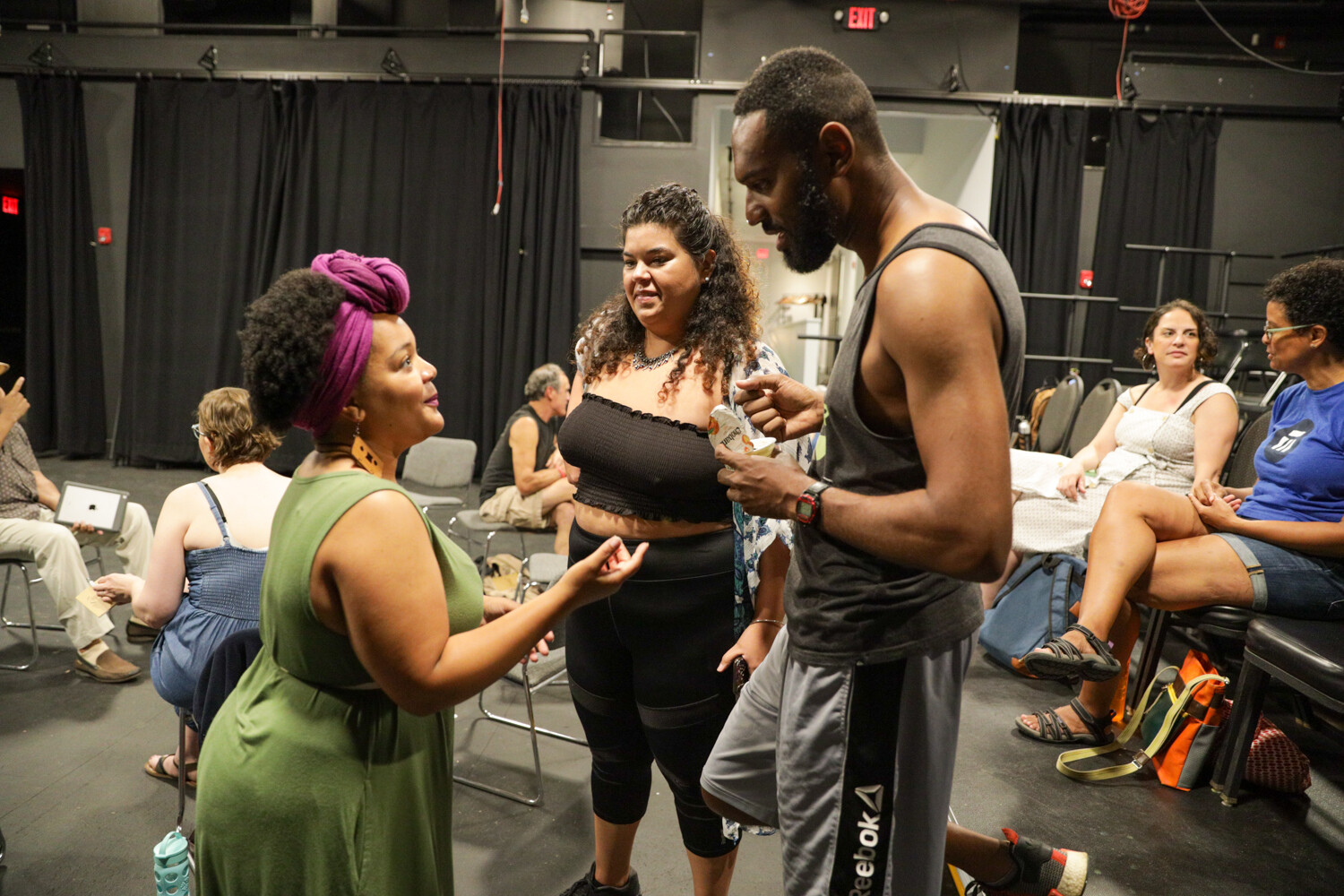

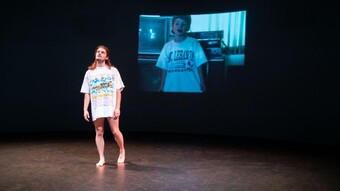



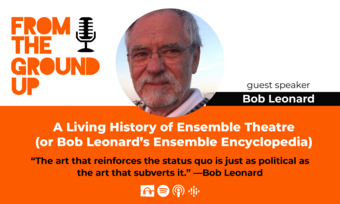





Comments
The article is just the start of the conversation—we want to know what you think about this subject, too! HowlRound is a space for knowledge-sharing, and we welcome spirited, thoughtful, and on-topic dialogue. Find our full comments policy here